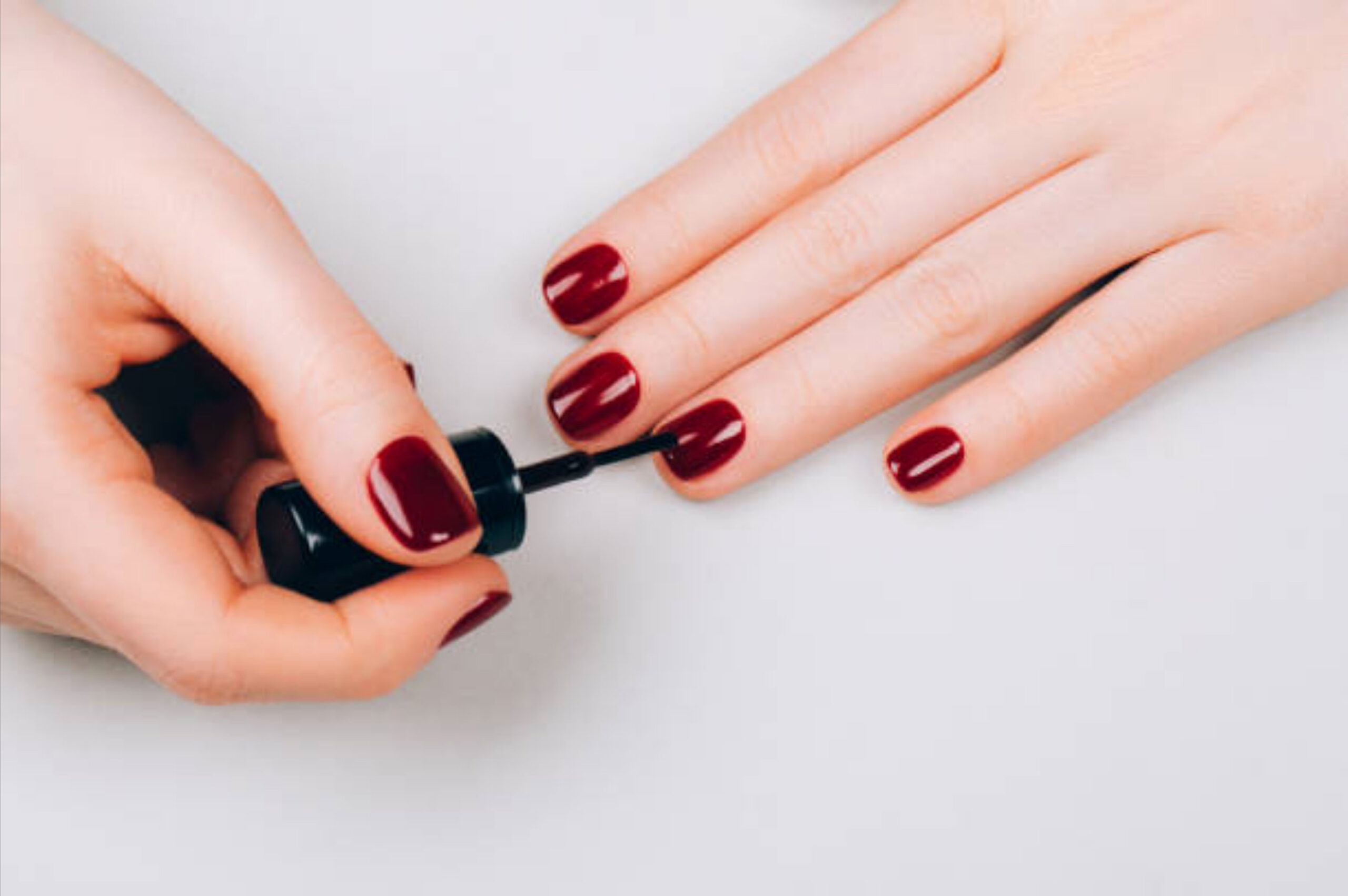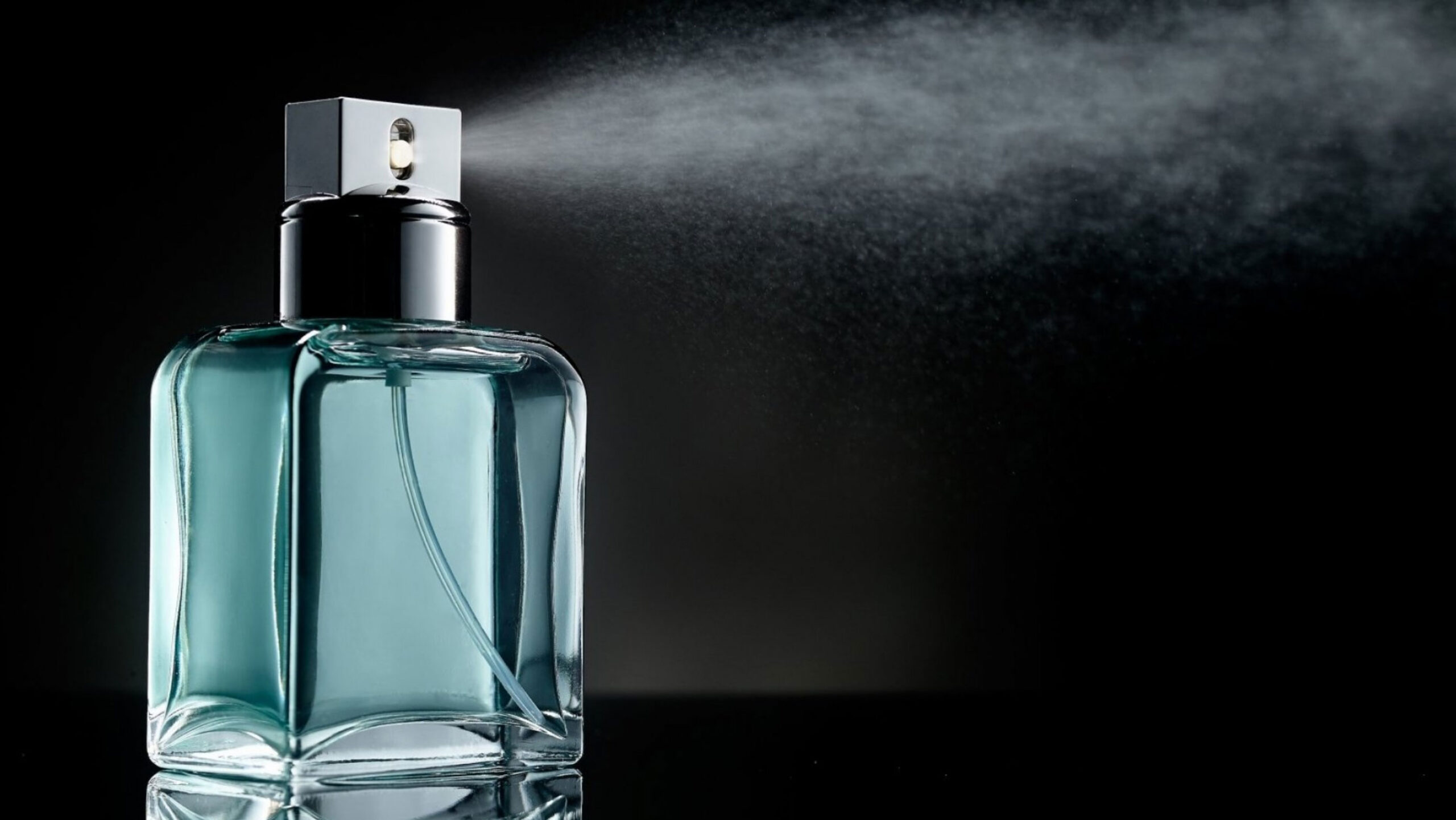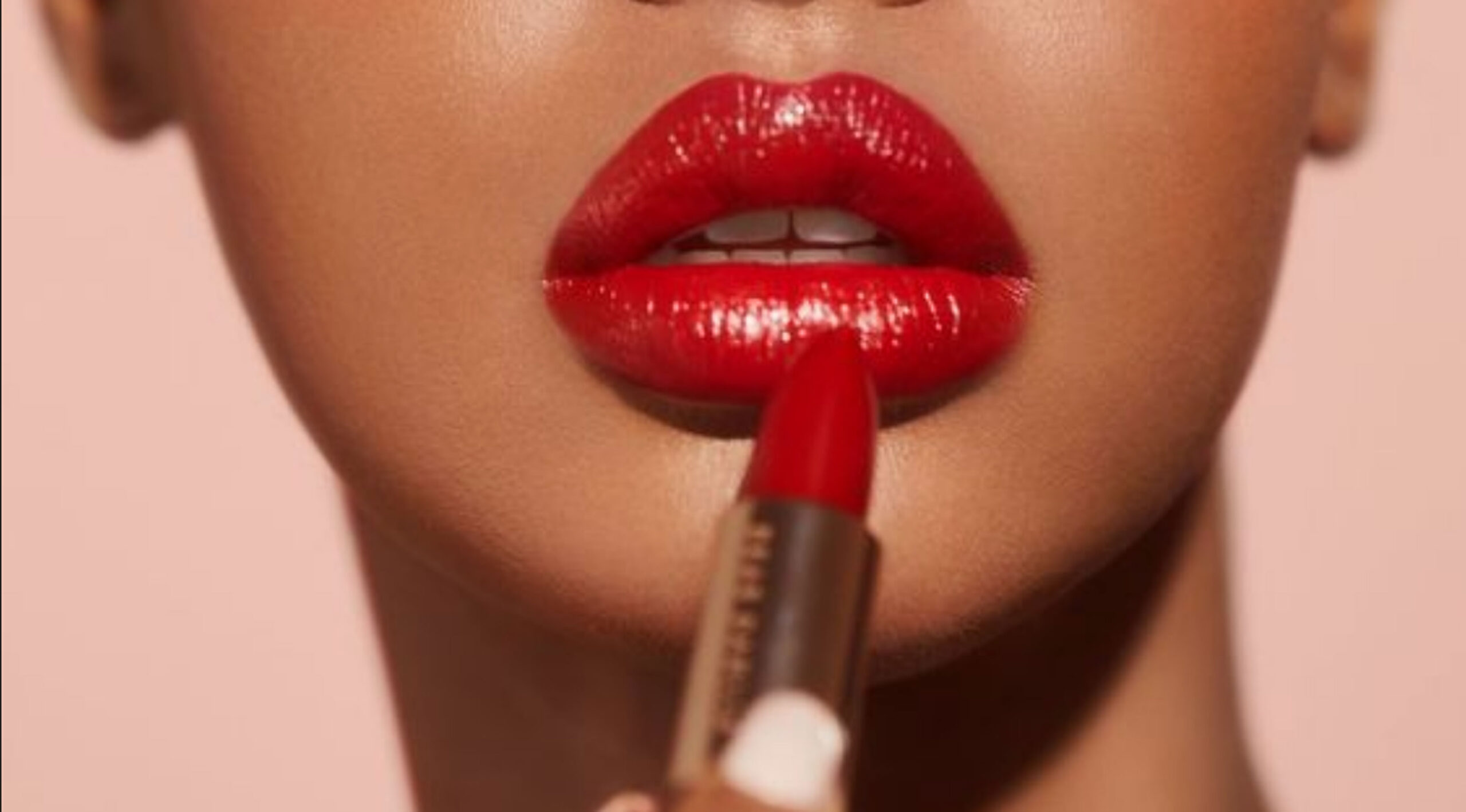Natural Beauty
Seven toxins your beauty products need to avoid
In a beauty-conscious world, the skincare and cosmetics industry offers a range of products intended to enhance your appearance and boost your self-confidence. However, while many of these products promise to make you look and feel better, they can often hide a dark secret – the presence of harmful toxins. Understanding the toxins that can lurk underneath the glamorous packaging is crucial for making informed decisions that prioritise your beauty and overall health. Here, we’ll explore some of the most common toxins found in beauty products and why avoiding them is essential for your well-being.

Parabens
Parabens are synthetic additives used to extend the shelf life of beauty products. They’re found in a wide range of cosmetics, skincare, and haircare items. However, parabens have been connected to hormone disruption, with some studies suggesting potential associations with breast cancer and reproductive issues. Opt for ‘paraben-free’ products to minimise exposure to these harmful chemicals.

Phthalates
Phthalates are commonly used in fragrances and nail polishes. They help scents last longer and make nail polish more pliable. Unfortunately, phthalates are also known endocrine disruptors, which can interfere with the body’s hormonal balance. These toxins have been linked to reproductive problems, developmental issues, and allergies. Look for beauty products that proudly display ‘phthalate-free’ on their labels.

Formaldehyde and Formaldehyde-Releasing Preservatives
Formaldehyde and its releasing preservatives are often used in beauty products like shampoos, conditioners and nail products to prevent bacterial growth. However, formaldehyde is a known carcinogen that can also cause skin and respiratory irritation. Be on the lookout for ingredients like DMDM hydantoin, imidazolidinyl urea and quaternium-15, all of which release formaldehyde, and choose products that do not contain them, such as face lift creams from Regen Labs.
Sodium Lauryl Sulfate (SLS) and Sodium Laureth Sulfate (SLES)
SLS and SLES are commonly found in shampoos, body washes and toothpaste because they create a foaming lather. But they can be harsh on the skin and scalp, causing irritation and dryness. Furthermore, SLES can be contaminated with 1,4-dioxane, a potential carcinogen. Opt for sulfate-free products to minimise the risk of skin and scalp issues.

Artificial Fragrances
Artificial fragrances are found in a wide range of beauty products, from perfumes to lotions. They can contain hundreds of undisclosed chemicals, some of which can be allergenic or irritating. If you’re sensitive to fragrances or concerned about hidden toxins, choose products labeled ‘fragrance-free’ or ‘unscented.’
Lead in Lipstick
While the presence of lead in lipstick has been a concern for some time, it still remains a problem in some cosmetic products. Lead exposure can pose serious health risks, including cognitive and developmental issues. To minimise your exposure, choose lip products from reputable brands that have undertaken rigorous testing for heavy metals.

Talc
Talc is a common ingredient in cosmetics, especially powders and foundations. Unfortunately, talc can sometimes be contaminated with asbestos, a known carcinogen. To ensure your safety, look for talc-free alternatives or products that have been certified asbestos-free.
Conclusion
In the quest for beauty and self-care, being an informed consumer is essential. Reading labels and steering clear of products with harmful toxins can go a long way to safeguarding your health and well-being. Choosing clean, toxin-free beauty products will enhance your appearance and contribute to a healthier you, inside and out. Prioritising health in your beauty routine is always going to be a step towards a more radiant and contaminant-free future.





